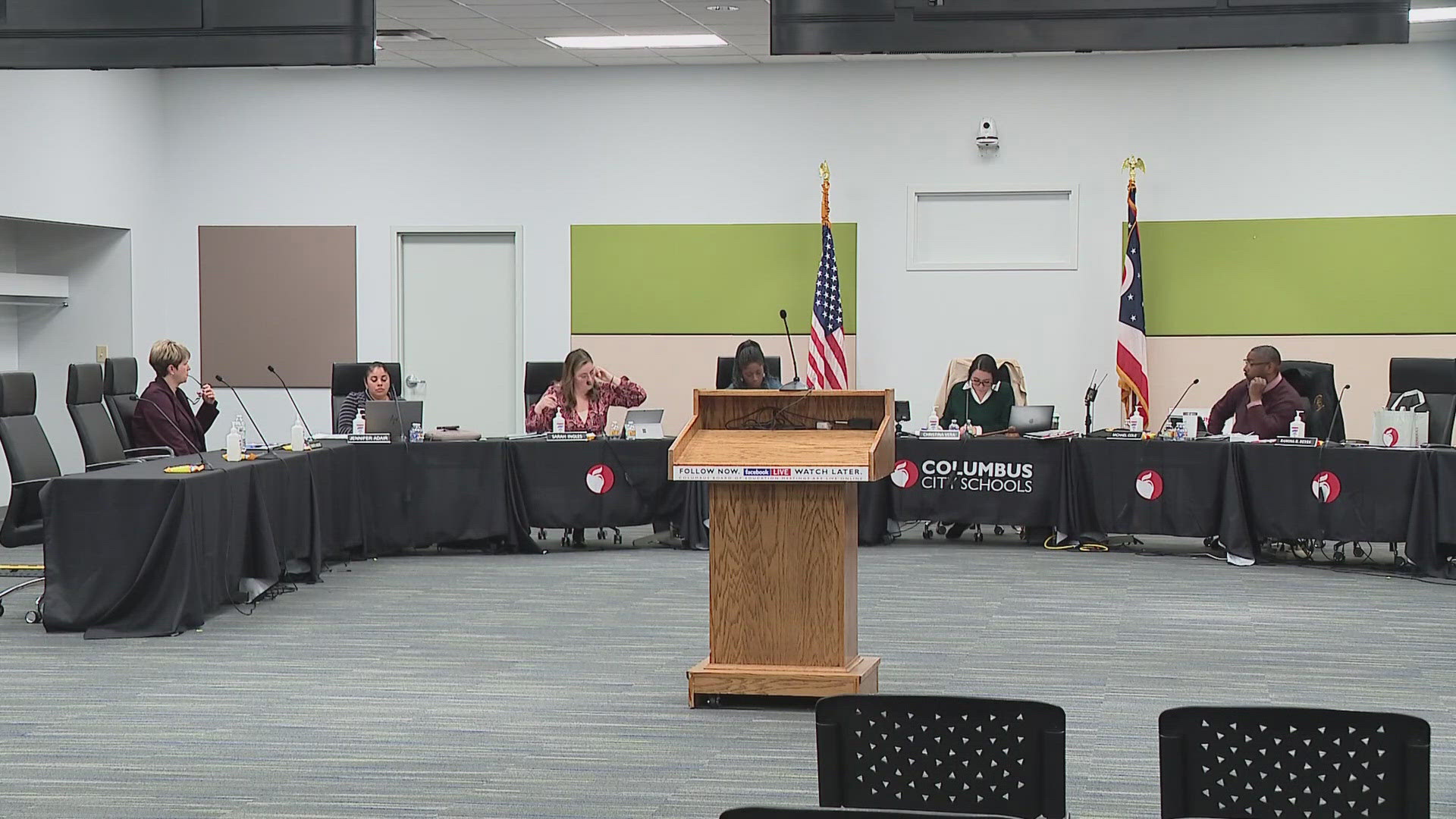COLUMBUS, Ohio — The Ohio Department of Agriculture is beginning treatment to control the Spongy Moth population in the state.
Spongy Moths, formerly known as Gypsy Moths, are considered a “significant pest” by the U.S. Department of Agriculture because they pose a danger to forestation. The insects defoliate trees, leaving them vulnerable to diseases and other pests that could eventually kill the tree.
In addition to the environmental and property dangers, humans could develop skin rashes or irritations after making contact with the pest.
Treatments will begin the week of June 12. It will be administered using a low-flying yellow aircraft and will affect the following areas:
- Delaware County: Olive Green, Sunbury
- Guernsey County: Caldwell North
- Knox County: Centerburg, Homer
- Licking County: Newark
- Muskingum County: Crooksville
- Putnam County: Ottoville
- Vinton County: Mineral
- Washington County: Fleming
Each egg mass a female Spongy Moth lays contains between 500 and 1,000 individual eggs. The eggs survive during the winter months and can be moved inadvertently on household items and agricultural products.
Once they’re hatched, they can feed on the leaves of over 300 different tree and shrub species.
Spongy moths can spread in two ways: naturally by hanging from tree branches and letting the wind carry them or by artificial dispersal where people inadvertently transport them.
ODA will use a single application of SPLAT GM-O, which will disrupt the mating process by confusing the males as it searches for a female. The formula is not harmful to animals and humans.
ODA uses three programs to manage the Spongy Moth population in Ohio.
The suppression program is used in counties where the pest is already established, but landowners voluntarily request treatment to help suppress populations.
The second program, slow-the-spread, occurs in counties in front of the larger, advancing Spongy Moth population.
The third program is the eradication program, used in counties where isolated populations develop ahead of advancing moth populations due to human movement of the moth. Officials work to detect and control isolated populations to slow the overall advancement of the Spongy Moth infestation.



